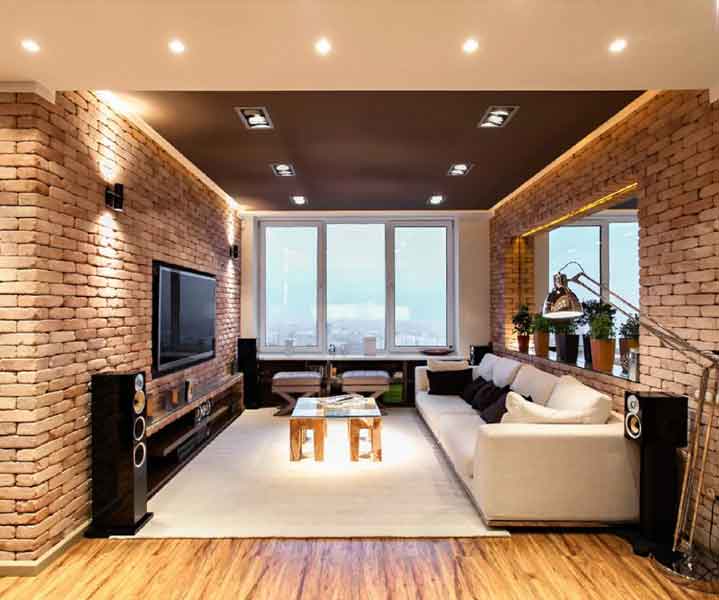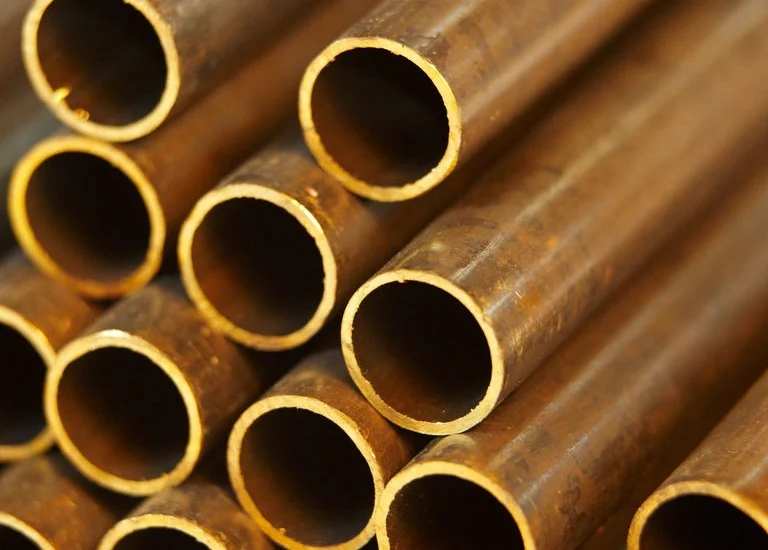Interior work in a private home
Construction of any house is carried out in cycles, which have special names. Each of them includes a set of works, as a result of which one big task is performed. The house is built in four cycles: zero, overground, finishing and special. On the first cycle the foundation is erected, on the second – the box, on the third – the renovation of the house, interior and exterior, and the fourth includes work on the conduct and connection of communications.
The order of renovation works in the house
The specifics of the house renovation inside is that the finishing works are carried out in parallel with the special works, and the observance of the sequence of separate labor operations is the key to saving money and letting the object in due time.
I must say that the problem of consistency between specialists is present not only in private housing, but also in large construction firms. And sometimes it is expressed more strongly, due to the peculiarities of logistics, as well as the employment of teams at other sites.
Sequence of steps for renovation
Finishing can be represented as three consecutive stages:
Since there are three types of surfaces in one room – ceiling, walls and floor – these stages can differ significantly from each other. Therefore, the top-down principle is acceptable for most work.
Sometimes it may not work. For example, the installation of windows is carried out first, as well as the installation of plasterboard structures. But other “dry” operations – laying of wooden floors, laminate, wall panels, suspended ceilings (except plasterboard) – at the end.
Special work throughout the finishing and renovation work is also carried out in stages. For example, the installation of trunk piping is performed during or before rough finishing, and the external distribution – after finishing. Hidden internal wiring involves the device shtrobok more at the stage of construction, and installing pipes in them – before finishing. Plumbing fixtures and fittings (sinks, toilets, bathtubs, faucets) are installed after finishing.
The same principle is observed in electrical work. The wiring is installed prior to finishing, switchboards, slots, switches – after plastering, but the outlets themselves, light fixtures, switches – after all the finishing activities.
Given the variety of design and decorative house renovation solutions used in interiors, each case is different. But in any case, a clear planning of the stages is very important and it is necessary to do it before you start finishing.
Plastering the walls
Finishing rulesOne is designed to level the surface of the walls with lime, cement, cement-lime and gypsum solutions. The latter can include various dry mixes of gypsum, aggregate and inhibitor (so that the gypsum does not set immediately).
Plastering is performed after the installation of electrical wiring, but before the installation of water supply, sewerage and heating systems. In winter conditions are often done the opposite, which is very inconvenient and affects the quality.
Plastering is performed in three steps – spraying, priming and covering. Each previous layer must acquire the initial strength before it will be applied to the subsequent one. Covering is often made with a different composition: so, if the plaster and primer consists of lime or cement mortar, the covering may well be gypsum – it does not require time-consuming grind and serves as the best basis for the subsequent putty.
Filling the floors
It can be done both before finishing, and after plastering work. Since this work involves a high probability of contamination of the surrounding surfaces of the walls, do not do it with the finished finishing. If you decide to do it, you should be careful.
Pouring before further finishing works is also convenient because it allows you to do it on the entire floor at the same level and to facilitate delleeshuyu labor operations, especially those where you want to mark the heights, such as tiling the walls.
Working with drywall
The general rule states that dry work is carried out after the wet. For the most part, this is true – after all, drying wet finish can spoil drywall, which can destroy it or become a place of settlement of mold fungi.
That’s why drywall ceilings are installed after the plaster work. It is also more convenient because the profile is much better to lie on a flat surface, especially in the case when you have brick walls.
The exception may be partition walls made of this material if you are not quite sure whether the screed can withstand the load. Deciding to erect partitions before the installation of floors, you should remember that the lower part of them must be protected from moisture. This can be done by installing waterproofing, which should end above the level of the subfloor.
The second way to avoid getting wet is to install the frame on the floor and the sheets above the screed. This may require additional time and material costs for the installation of the frame, but they are small.
Gypsum plasterboard can be an alternative to plasterboard in cases where the surface will not experience loads, that is, it will not hang cabinets and other heavy objects.
Between the installation of the frame and fastening of drywall is wiring.
Tiling
The optimal order here is the reverse from the bottom up. That is, first the tiles are laid on the floor clearly under the level, and then on the walls. Unfortunately, this is not always feasible (most often – never), so the solution is simple – tiling the wall begins with the second row on a temporarily installed profile. The main thing is to determine where the level of the finished floor will be. With this approach, the floor and the first row of tiles on the wall can be tiled later.
The tiling work is performed after the wall is leveled. Covering can not be done, but the ground layer of plaster should not contain drops of more than 8 mm: the maximum allowable layer of tile adhesive is just that. On the surface of moisture-resistant gypsum board is easier to glue the tiles, but it is necessary to prim the wall in any case. If you doubt the strength of the base, you can use as a primer concrete-contact primers.
Install electrical wiring in any case, before the tiling work, as well as before they make holes for outlets, which are then duplicated on the tiles. This order will not create additional difficulties in the installation of socket cups.
Window
This service is often included with window installation. Do not rush to use it, as you can become a hostage to someone else’s work schedule. Soffits can be completely different, and the time when they can be put in depends on their type.
Examples of finishing work
The interior finishing of a private home has a number of features, the main of which is a small volume and a large variety. If you decide to invite professionals to work, give preference to those who have related specialties, they will be able to orient themselves in the order of works. Unlike in an apartment building, the finishing of which is made by large teams and paid on the fact of specific works, in individual housing is dominated by the payment for the final result, and the employee is not profitable to do extra work. If you decide to do everything yourself, you will have to stock up on tools and take your time.
Remember that all the finishing work should not begin until the house has a roof. It is better to work in the warm season, this will save you money on heating. The walls and floors should be dry. As examples, consider a set of internal works in the room and in the bathroom.
Bathroom
Initial data: exterior wall of aerated concrete, interior and partition – made of ceramic bricks. The inner wall is a ventilation channel.
The result should be combined bathroom with hidden utilities, a socket for a washing machine, forced ventilation in a suspended ceiling of metal slats. The walls and floor – tile.


